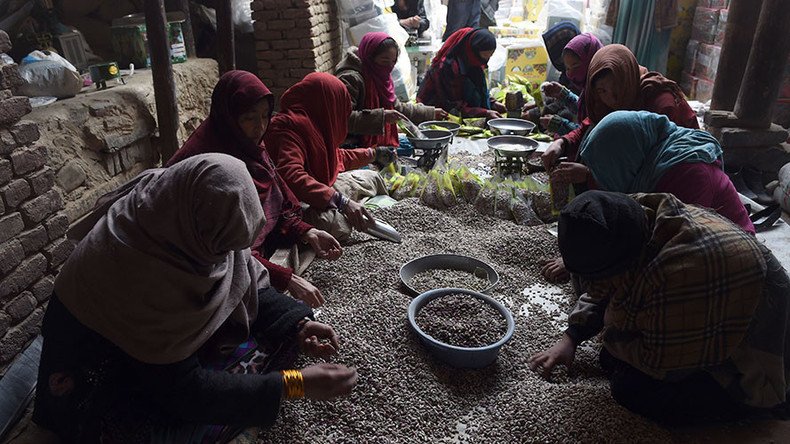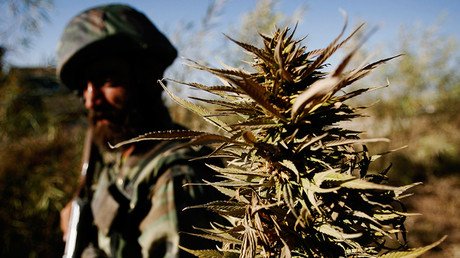Taliban goes nuts, making millions selling pistachios

The sale of pistachios harvested in the Afghan province of Herat brought Taliban jihadists $15 million last year, according to local officials as quoted by Pajhwok Afghan News.
Syed Mohammad Chishti Modudi, the district’s administrative chief said the Taliban had become the biggest beneficiary of the pistachio crop in the Kushki Kuhna district of western Herat province.
Two pistachio forests, spread over 32,000 hectares, have been partially destroyed by local warlords and the Taliban, according to Modudi.
The country’s 'pistachio belt' runs through the provinces of Badakhshan in the northeast, Kunduz in the north and Herat in the west. Last year, Taliban fighters raided the pistachio forests in the Herat province and managed to harvest up to 40 percent of the country’s crop.
Afghan National Defense and Security Forces, backed by the US, can hardly protect pistachio forests in the war-torn country as the Taliban closely monitors them and towns nearby.
“Government forces have no authority over the pistachio forests in Badghis province because they lie in Taliban-controlled areas,” said Hafizullah Benish, agriculture director in the western province as quoted by Breitbart News.
“Nearly four decades ago, before the near continuous wars that have since ravaged Afghanistan, the country was carpeted with up to 450,000 hectares of pistachio forest. Now, after violence and misery, up to 50 percent of the trees are gone for firewood or are victims of climate change and drought,” according to Mohammad Aman Amanyar, the forest supervisor for Afghanistan’s Agriculture Ministry.
READ MORE: War without end: Things to know as Afghanistan invasion turns 15
Over the past few years, the government in Kabul introduced restrictive measures that make it a crime to enter pistachio forests in 11 provinces of the country, but the ban failed to serve as a deterrent for Taliban terrorists.
Afghan opium production up 43 percent in 1 year as eradication effort fails – UNhttps://t.co/i1USuRSA91pic.twitter.com/h8fzp5HKdB
— RT (@RT_com) October 24, 2016
Along with pistachios, the Taliban earns millions from the sale of opium which is primarily cultivated in Afghanistan.
Nearly 60 percent of Taliban funding comes from selling opium and its heroin derivative, according to US General John Nicholson, the commander of American and NATO forces in Afghanistan.
“Taliban jihadists tax the farmers, they tax the narcotics traffickers, and this is how they derive their revenue,” he said.













